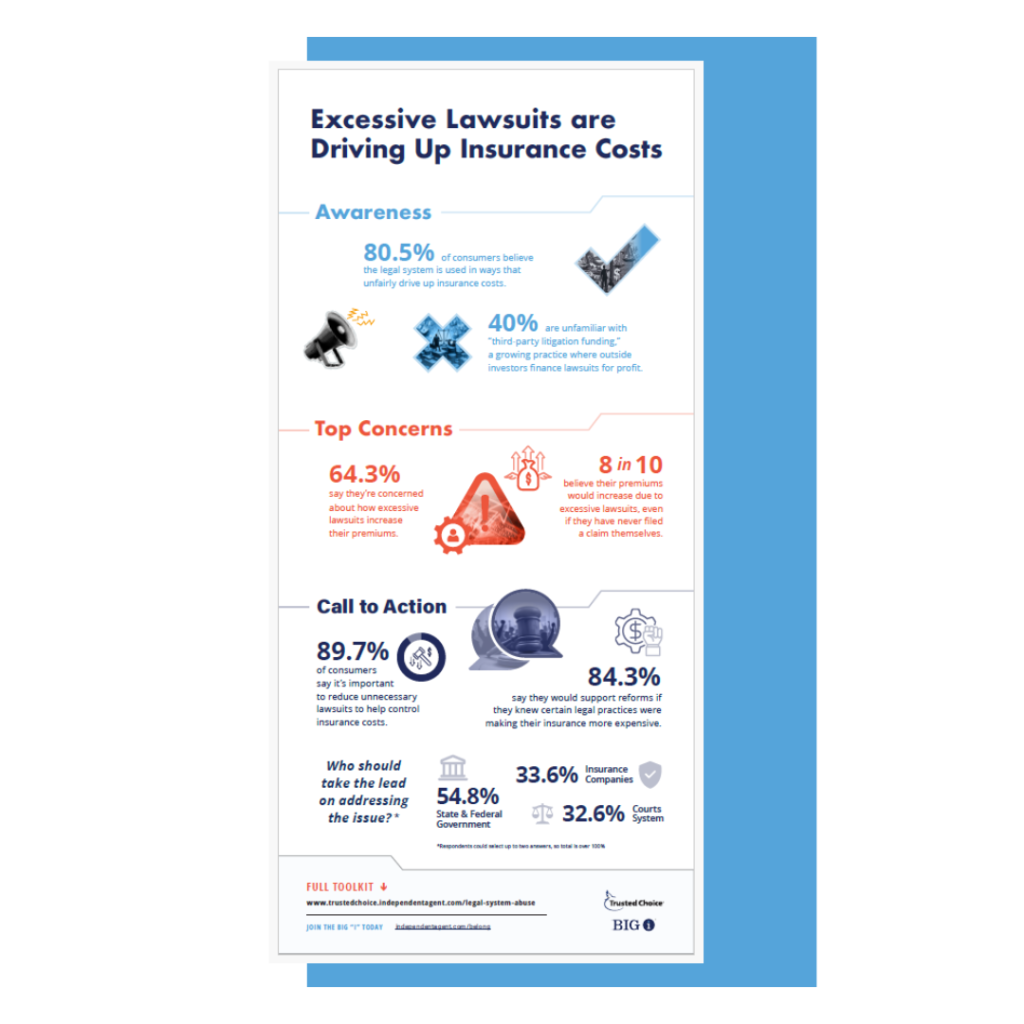Employee Compensation and Productivity
Does your agency have a formal compensation and reward system in place? Is it working the way it should? Is there a way to tie productivity and compensation together so that increased productivity leads to increased compensation? Better yet, can you ensure that increased compensation leads to increased productivity?!
Author: Al Diamond Does your agency have a formal compensation and reward system in place? Is it working the way it should? Is there a way to tie productivity and compensation together so that increased productivity leads to increased compensation? Better yet, can you ensure that increased compensation leads to increased productivity?! Every year (or two for those of us whose employees don’t ask) agents get that dreadful feeling that their employees haven’t received a raise in “quite some time” and that the agent should ‘probably do something about it’. This uncomfortable feeling can arise from employees’ request or it can arise when a valued employee quits, giving as a reason that they didn’t want to force the employer to give him/her a raise, but that the employee needed more money to support his/her family. In most cases the agent, himself, will not remember anniversary or “raise” dates without some form of memory jog. One agent recently told me that he gave raises based on how he felt about the employees at raise time. So, just before raise time, all employees tried to be on their best behavior because they knew that the level of their raise was based on who pleased the boss most or on who ‘pissed off’ the boss last. This is a pitiful way of administering salary in a business. As we analyze many agencies, including their compensation programs, we can always tell the other predominant manager – the Equalizer. We find all employees in the same job making exactly the same compensation. When asked if they work equally well, the manager admits that there are differences, but he feels uncomfortable giving them anything but the same dollar or percentage raise. This is another intolerable situation because the strong, competent employees will know that the weaker employees are being paid at the same level and, eventually, hard feelings will arise and will normally cause the good employees to leave, leaving the mediocre employees (compensated above their performance levels) with the agency. The exception to this scenario is, of course, in those agencies who have instituted a Salary Administration Program that automates the reminders for salary reviews and provides guidelines for both Salary Ranges for the various positions in the agency and Raise Percentage Guidelines within the agency’s fiscal budget. Those agencies only lose the employees whose merit increases are small because their performance justifies it, not because the agent is out of touch with salary increase guidelines in the industry or in his geographic area. Salary Administration A Salary Administration Program need not be complex, nor do you need a large agency to implement one. It basically provides a disciplined approach to merit increases instead of the agent’s ‘gut feel’ of what he should provide an employee as a raise. The value of good staff members is immeasurable. Not so the value of the tasks that each staff member performs. The value of a receptionist has a minimum, the least you could pay and get an inexperienced person to take the job, and a maximum, the most that you could justify paying an experienced person in the same job. Salary Ranges The maximum salary for a job is defined by the financial and workflow position of the agency. For instance, if two agencies in the same place are at $1,000,000 revenue, both with 50% personal and 50% commercial lines, and both writing the same kinds of accounts, it would seem that a Commercial Lines Customer Service Representative should be worth about the same for each agency. But if Agency A’s owner needed $300,000 to support his lifestyle, while Agency B’s owner needed $100,000 to support his lifestyle, Agency B would be in a stronger financial position (income after owner’s compensation) to pay for its employees. If Agency A took more expensive space and ran a manual service operation, vs. B’s totally automated agency and had other non-discretionary expense anomalies, those differences can limit the amount of revenue available to pay for service staff. So it is possible that Agency A’s CSR job may carry a maximum value of $35,000, while Agency B may be able to pay its CSR $50,000 and still manage to support its owner and other expenses. Once the minimum and maximum values of a job are determined, those numbers can change annually based on market stress on the low end (when you can no longer hire someone at your stated minimum) and by enhanced productivity at the top end. Both changes are simple to determine. Trying to hire someone below market will only give you mediocre applicants. Raise the minimum for inexperience and you will find better applicants at your door. On the top end, maximum salary differentials are determined by increased productivity as measured by the agency’s (or department’s if you do department profit centers) Spread. The Spread is the difference between Revenue per Employee and Compensation per Employee. If the Spread increases by 10% (you generate more revenue without needing more employees to manage it), you can raise the maximum of the salary range by any part of that 10% at the end of the year. Raising the range does not affect salaries paid. It just shows employees how much they can make in that job and that if they help you become more efficient, you can afford to pay more for the job (at the top end). Pay raises are determined by Raise Percentages and that is a factor of budget every year. Raise Percentages The evaluation of an employee should result in a ‘Needs Improvement’, Adequate, Good or Excellent merit raise classification. Those categories are each assigned a range of percentages that provide an appropriate raise for the employees achieving those classifications. A recent Salary Administration Program created for an agency evolved the following ranges:
Note that the categories overlap. A 5% raise could be Adequate or Good and an 8% raise could be Good or Excellent both based on the manager’s estimate of the employee’s performance. This gives latitude to managers who feel that further development is needed but wishes to recognize good performance levels. The total amount of dollars available for raises is a function of budget. For instance if you are at $1,000,000 revenue with 20% of your income going to (non-owner) compensation and project a 10% growth next year, you can budget 20% of the $100,000 = $20,000 for raises (and any additional employees) next year without changing your expense rate. If you expect to need one more part time ($10,000) employee, you have $10,000, or 5% of your $200,000 payroll, available for raises. That 5% should become your center point for Good performance with overlapping ranges above and below it. Finally, you cannot pay: (a) everyone the same raise (unless everyone works at exactly the same performance level), (b) everyone at the highest levels. The famous ‘Bell-Shaped Curve’ works in that you must give high marks to your top 20% performers and marginal reviews to your bottom 20%. The 60% in the middle should be given a range of raises appropriate to their performance. The total of all raises should not exceed your budgeted raise amount. If you feel that all employees are either Excellent or fall into a single category, your standards are either too low or too high. If you think all your employees are Excellent, raise your standards until only the top 20% are in that category of performance. If you think all employees are poor performers, you either have the wrong people or your standards may be too high. If you choose to continue annual merit raises, at least do so with some financial grounding and guidelines that tell you, and your employees, what kinds of raises they can expect (by performance levels) and how much each job is worth. Otherwise, you may be prepared to pay someone a 5% raise for excellent performance while they expect a 15% raise. Neither of you will be happy with the outcome. ProductivityIF YOU WANT THE SWEETEST MUSIC, YOU NEED TO PAY THE PIPER. We have just returned from performing an agency analysis in an agency with profit problems. We found that they were spending less than the average agency in personnel costs but were also much less efficient and productive than they should have been for their size and mix of business. They paid approximately 15% below the average compensation in the area for insurance personnel, but the result was productivity rates 25% – 40% below the Composite Group of similar sized agencies. The end result was constant backlogs (further eroding service) and the need to overstaff compared to the agencies performing similar functions. It is easy to reiterate the obvious. Pay for the best and you can expect the best performance. Pay mediocre wages and you should expect no better than mediocre performance. But fair compensation alone (or the lack of it) does not appear to be the only performance motivator in an agency. We have seen agencies paying relatively high wages and not getting the desired performance results due to lack of management and/or lack of management communications. Management refers to supervision, relating performance expectations to your employees and monitoring their performance to assure adherence to agency policies. Communications involves talking to employees, praising strong performance and criticizing (and correcting) weak performance. We also know agencies who do not pay employees competitive wages but have such even-handed and supportive management that the employees stay when they know they can make more money elsewhere. This proves the point that while money is a very important motivator, it is neither the only nor the most important way to keep employees. Notwithstanding these notable exceptions and assuming good management, the majorities of agencies who pay salaries below that of their competitors attract lower qualified and lower motivated employees. These employees reflect their attitudes back to the clients and carriers as the attitude of the agency. So, when you determine how you are going to compensate your new (or existing) employees, ask yourself, ” Am I proud of the way this employee reacts with my clients and carriers on my behalf?” Take a look at the statistics below. It reflects the average productivity (revenue per employee) and percentage of revenue represented by administrative employee costs in agencies in the four Composite Group categories measured by Agency Consulting Group, Inc. Measure your productivity and percentage of income and ask yourself if your employees’ performance is equivalent to your position on the compensation scale. COMPENSATION AND PRODUCTIVITY
If you have questions about employee compensation, please visit our web site at www.agencyconsulting.com. Copyright 2002 by Agency Consulting Group, Inc. Used with permission. |









